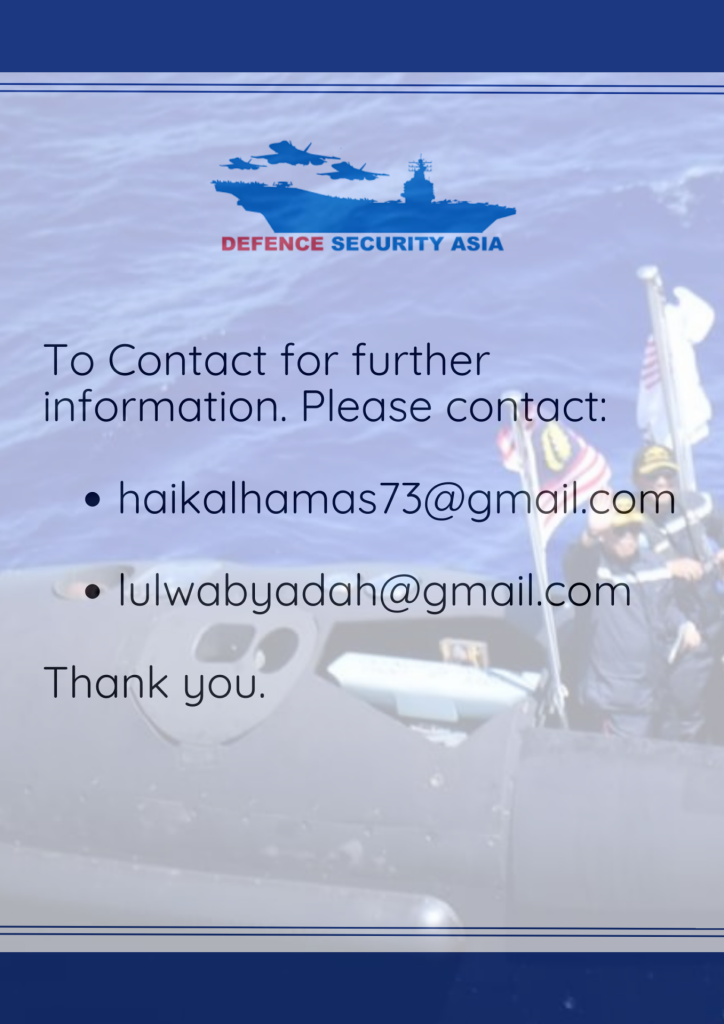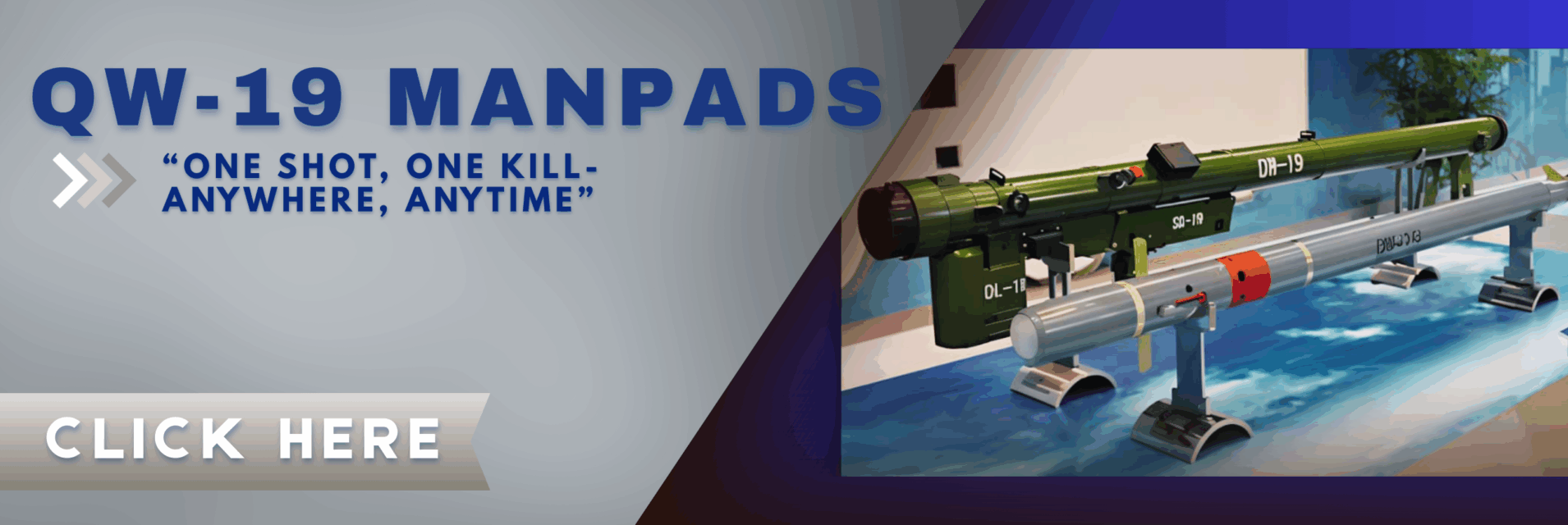Ukrainian F-16 Shot Down: Russian S-400 or R-37 Suspected in High-Stakes Air Superiority Clash
Preliminary assessments from Kyiv suggest the jet was likely struck by either Russia’s formidable long-range S-400 “Triumf” surface-to-air missile system or the R-37 air-to-air missile, both of which are engineered for high-speed, long-distance aerial kills.
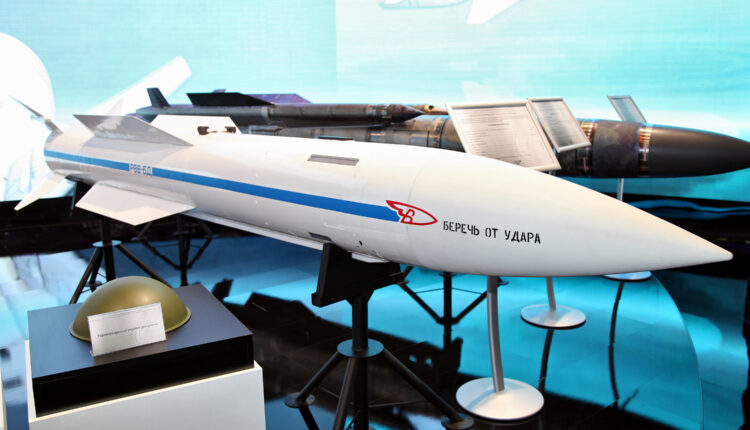
(DEFENCE SECURITY ASIA) — A Ukrainian Air Force F-16 Fighting Falcon was shot down in combat over the weekend in what analysts describe as a potentially pivotal moment in the intensifying aerial warfare over Eastern Europe.
Preliminary assessments from Kyiv suggest the jet was likely struck by either Russia’s formidable long-range S-400 “Triumf” surface-to-air missile system or the R-37 air-to-air missile, both of which are engineered for high-speed, long-distance aerial kills.
British broadcaster BBC, quoting Ukrainian government sources, reported that three missiles were launched at the aircraft in rapid succession.
“Russia fired three missiles at the plane. It was either a guided anti-aircraft missile from an S-400 ground complex or an air-to-air R-37 missile,” the source stated.
Ukraine’s Ministry of Defence has categorically dismissed the possibility of a friendly-fire incident, asserting that no Ukrainian air defence systems were operational in the area at the time of the shootdown.
Moscow, through its Ministry of Defence, acknowledged the downing of the Ukrainian F-16, claiming the aircraft was destroyed by a surface-to-air missile, although it declined to identify the specific weapons system involved.
The fatal incident occurred on Saturday, resulting in the death of Pavlo Ivanov, a 26-year-old Ukrainian pilot flying an F-16 during a live combat mission, as confirmed by the Ukrainian Air Force via its official Telegram channel.
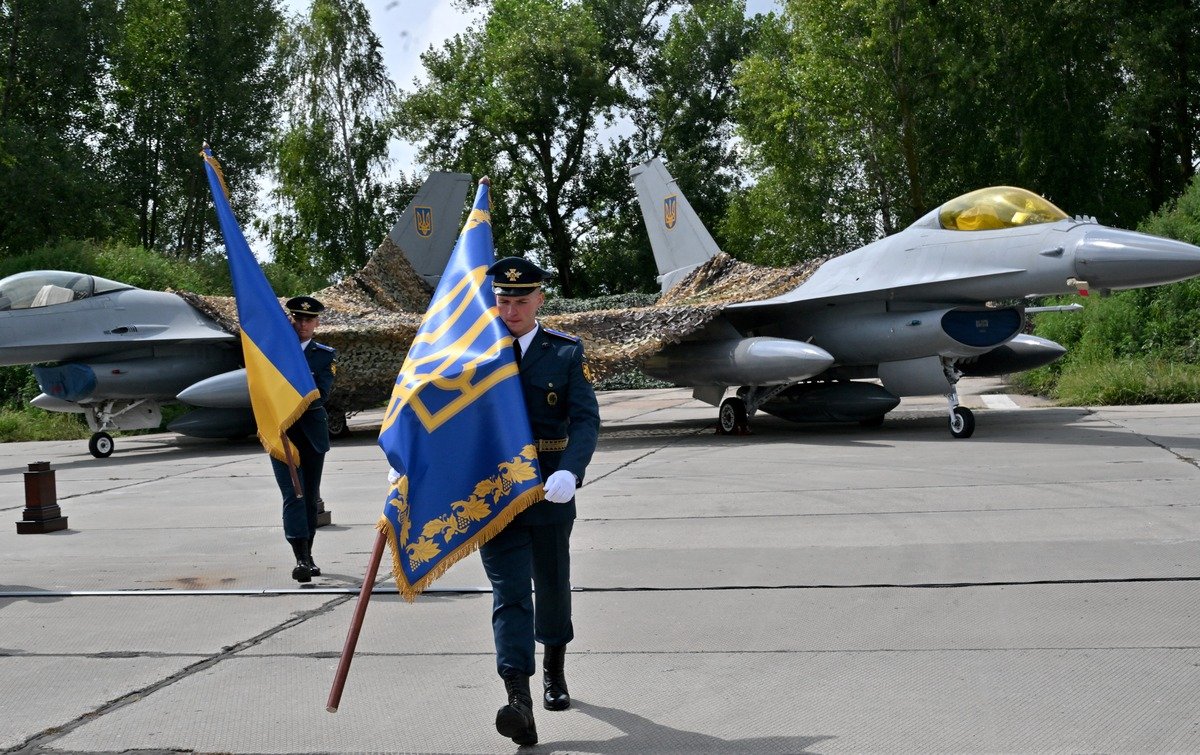
An internal military investigation has been launched to examine the circumstances surrounding Ivanov’s death, though few additional details have been released to the public.
Ukraine’s Air Force hailed Ivanov as a fallen hero who had “died in battle, defending his homeland from Russian occupying forces,” further noting the high-risk operational tempo faced by their F-16 units.
“F-16 pilots carry out combat missions in extremely challenging conditions almost every day,” the Air Force added, underscoring the intensity of Ukraine’s ongoing aerial defence campaign.
In a deeply personal tribute shared on social media, Rostislav Lazarenko, Deputy Commander of the 299th Tactical Aviation Brigade, reflected on Ivanov’s journey and sacrifice.
“I was so proud that we managed to pull you from combat missions and send you for retraining on the F-16. One of the first Ukrainian F-16 pilots – a combat assault pilot who completed 130 combat sorties before retraining,” Lazarenko wrote.
“You never refused combat missions, and I don’t even know if it was such strong trust in me as a commander, or if it was deep faith in yourself – because you were truly a strong pilot,” he added.
Ivanov’s death marks the second confirmed combat loss involving both an F-16 jet and pilot since Ukraine began operating the American-made fighters in July 2024, signalling the growing stakes in Ukraine’s contested skies.

The first such incident took place on August 26, when decorated pilot Oleksii Mes was killed while attempting to intercept Russian cruise missiles over western Ukraine — an area that has increasingly come under long-range missile threat.
F-16 Deployment: A Strategic Turning Point in Ukraine’s Air War
Ukraine’s operational deployment of 4++ generation F-16 multirole fighters in mid-2024 marked a watershed moment in the nation’s military evolution, as it transitioned from ageing Soviet platforms to cutting-edge NATO-standard airpower.
The fighter jets, provided by a Western coalition that includes the Netherlands, Denmark, and Norway, were transferred following months of intensive negotiations and logistical coordination led by the United States and the European Union.
More than just a hardware transfer, the program included advanced pilot conversion training and maintenance support, conducted at multiple NATO bases across Europe.
For Ukraine, the arrival of F-16s represents not only an upgrade in tactical capability but a profound strategic shift in air combat doctrine, enabling precision strikes, deep interdiction, and superior aerial awareness.
The F-16’s ability to deploy advanced munitions such as the AIM-120 AMRAAM and JDAM precision-guided bombs significantly enhances Ukraine’s capacity to strike high-value Russian assets while maintaining survivability.
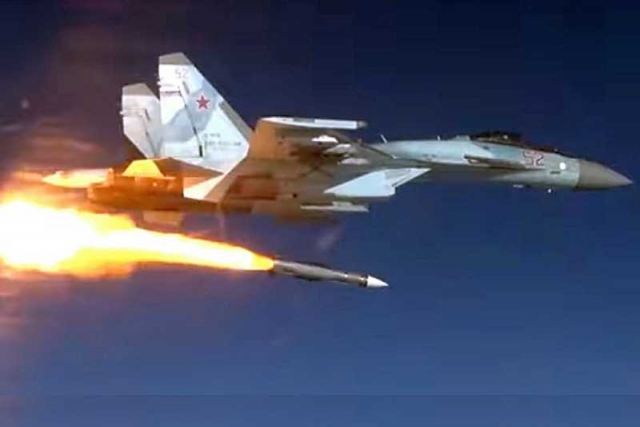
These jets also introduce sophisticated electronic warfare, radar evasion, and communication systems, which bridge the technological gap between NATO and Russian aerospace forces.
Military analysts interpret the F-16 transfer as a deliberate signal of enduring Western military commitment to Ukraine, despite mounting political fatigue in parts of Europe and the United States.
Strategically, the F-16s are expected to reshape the regional air balance, giving Ukraine the tools to more effectively contest Russia’s dominance in the air and better intercept Iranian-made drones and missile barrages targeting civilian infrastructure.
While the initial batch of aircraft remains limited, the broader implication is clear — Ukraine is on a trajectory toward full NATO airpower integration, a transformation with long-term implications for the security architecture of Eastern Europe and the Black Sea region.
The R-37 Missile: Russia’s Supersonic Long-Range Killer
The R-37, or RVV-BD in its export configuration, is among the longest-range air-to-air missiles in operational service, designed by Russia’s Vympel NPO to destroy airborne targets at standoff distances of up to 400 kilometres.
An evolution of the earlier R-33, the R-37 incorporates active radar homing, inertial navigation, and mid-course data link correction, enabling it to engage targets traveling at high speeds and altitudes, including AWACS, bombers, and maritime patrol aircraft.

Fired from advanced Russian fighters such as the MiG-31BM and Su-35, the R-37 travels at hypersonic speeds exceeding Mach 5, drastically reducing the enemy’s reaction time and disrupting combat formations.
In the context of the Ukraine war, R-37 missiles have reportedly been used to strike Ukrainian fighters from well beyond the visual range, giving Russian aircraft a significant tactical edge in BVR (beyond-visual-range) engagements.
The missile’s large warhead and advanced seeker enable it to neutralize agile targets, even when launched from ranges where most Western systems cannot retaliate, following Russia’s “first-look, first-shoot, first-kill” doctrine.
In one notable incident earlier this year, Russian sources claimed a Su-30SM2 launched an R-37M missile that downed a Ukrainian Su-27 fighter near Pokrovsk in Donetsk Oblast from a distance of 130 kilometres.
Ukrainian authorities later confirmed the loss of the aircraft and the death of Captain Ivan Bolotov, a 24-year-old pilot who “did not return from his mission.”
Military observers regard the R-37M as a persistent and escalating threat, particularly for Ukrainian pilots operating near contested airspace and along the frontlines where Russian air superiority remains potent.
With Ukraine’s air defence systems heavily concentrated around major cities and strategic assets, Russia’s use of long-range air-to-air missiles allows its fighters to operate beyond effective Ukrainian engagement zones, complicating Kyiv’s ability to contest control of the skies.

S-400 Triumf: The Cornerstone of Russia’s Layered Air Defence Network
The S-400 Triumf is Russia’s most advanced and widely deployed long-range surface-to-air missile (SAM) system, designed to neutralize a broad spectrum of aerial threats ranging from stealth fighters to ballistic missiles and unmanned aerial systems (UAS).
Developed by Almaz-Antey, the S-400 was inducted into Russian service in 2007, succeeding the S-300 series and forming the backbone of Russia’s strategic air defence doctrine.
The system is uniquely capable of launching four different types of interceptor missiles, providing a multi-layered defence shield that can engage targets at ranges from 40 km to 400 km, and altitudes up to 30 km.
Its Nebo-M phased-array radar can track up to 300 targets simultaneously and direct engagements against up to 36 incoming threats at once, including low-flying cruise missiles and fifth-generation fighters.
The S-400 has been exported to major global powers including China, India, and Turkey, despite political blowback and sanctions threats from the United States under the Countering America’s Adversaries Through Sanctions Act (CAATSA).

Strategically positioned across Russian territory and occupied zones, the S-400 forms a near-impenetrable anti-access/area-denial (A2/AD) bubble, deterring NATO air operations near critical Russian assets.
Its integration into the Russian air defence grid — including coordination with fighter aircraft, electronic warfare platforms, and overlapping radar networks — makes it a formidable adversary for even the most advanced Western air platforms.
With its combination of extended reach, multi-target capability, and operational flexibility, the S-400 remains the crown jewel of Russian layered air defence — and a central obstacle to Ukraine’s quest for aerial parity.
— DEFENCE SECURITY ASIA
